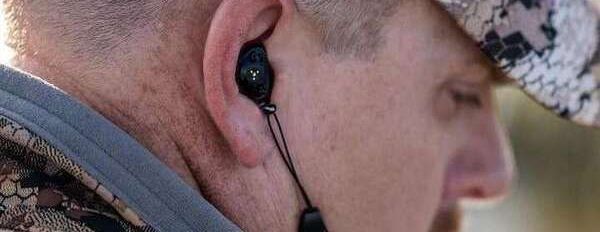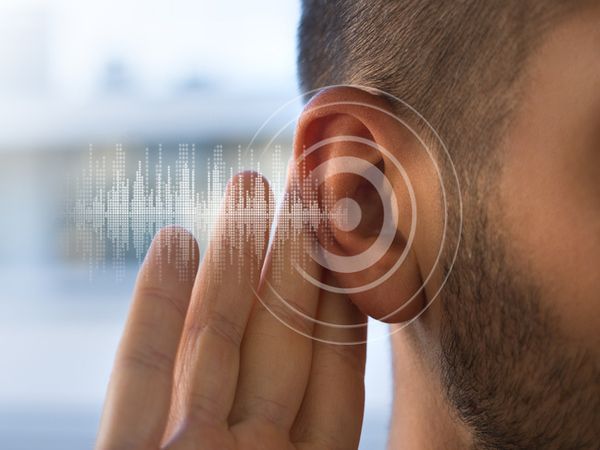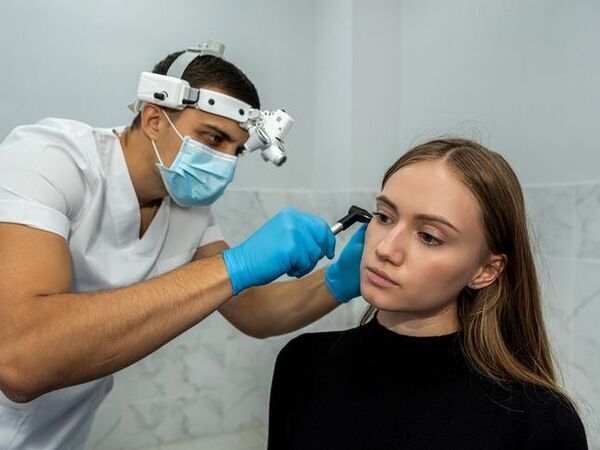Product Spotlight: Starkey SoundGear Phantom

Living life to the fullest for many individuals involves activities that can be potentially hazardous to your hearing. At Becker Audiology, we offer a range of hearing protection products to keep your ears safe. Today’s product spotlight introduces you to a revolutionary solution in hearing protection and enhancement: the Starkey SoundGear Phantom. Designed with cutting-edge technology and precision engineering, the SoundGear Phantom offers a unique blend of protection, comfort, and clarity for individuals in various environments.
What is Starkey SoundGear Phantom?
The SoundGear Phantom is an advanced hearing protection device that combines state-of-the-art digital sound processing with customizable fit and comfort. Whether you're an avid hunter, a passionate musician, or someone who works in noisy environments, SoundGear Phantom provides the ultimate solution for preserving your hearing while enhancing your auditory experience.
Key Features and Benefits
- Digital Sound Processing: The SoundGear Phantom uses digital technology to analyze and process incoming sounds in real-time. This allows it to amplify safe sounds and conversations while automatically reducing dangerous noise levels to protect your hearing.
- Customizable Fit: Each SoundGear Phantom device is custom-molded to fit your ear perfectly. This not only ensures maximum comfort but also optimizes the effectiveness of noise reduction and sound enhancement.
- Automatic Noise Reduction: It features intelligent noise reduction algorithms that detect and suppress harmful noise levels, providing a quieter, safer environment without compromising your ability to hear essential sounds. SoundGear Phantom comes with a 22 dB Noise Reduction Rating (NRR).
- Enhanced Communication: Unlike traditional earplugs or earmuffs, the SoundGear Phantom maintains clarity of speech and natural sound perception. This makes it ideal for situations where communication is crucial, such as in hunting, shooting sports, or professional settings.
- Rechargeable Technology: The SoundGear Phantom is equipped with rechargeable batteries, offering extended use on a single charge. This eco-friendly feature ensures convenience and sustainability.
- Bluetooth Connectivity: SoundGear Phantom offers Bluetooth connectivity to Apple and Android devices allowing you to stream phone calls, music or other audio wirelessly from your phone.
Applications of SoundGear Phantom
- Hunting and Shooting Sports: Protects your hearing from gunfire while allowing you to hear game movements and conversations with fellow hunters.
- Musician and Concert-Goers: Enhances musical clarity while safeguarding against high decibel levels during performances.
- Industrial and Occupational Use: Provides reliable hearing protection in noisy workplaces while maintaining awareness of surroundings and communication with colleagues.
Why Choose SoundGear Phantom?
- Proven Performance: Backed by Starkey's reputation for innovation and quality, the SoundGear Phantom delivers consistent performance and reliability in challenging environments.
- Customizable Solutions: Each device is tailored to your ear anatomy, ensuring a secure fit and personalized experience.
- Professional Support: As authorized providers of Starkey products, our team at Becker Audiology offers expert guidance and support to help you select and integrate the SoundGear Phantom into your lifestyle seamlessly.
Conclusion
Experience the future of hearing protection and enhancement with the Starkey SoundGear Phantom. Whether you're seeking reliable protection in loud environments or looking to enhance your auditory experience without compromising on safety, SoundGear Phantom offers unmatched performance and comfort.
Visit Becker Audiology to learn more about the SoundGear Phantom and schedule a consultation with one of our audiologists. Discover how this innovative technology can protect and enhance your hearing in various aspects of your life.
Invest in your hearing health with SoundGear Phantom—because every sound matters.




